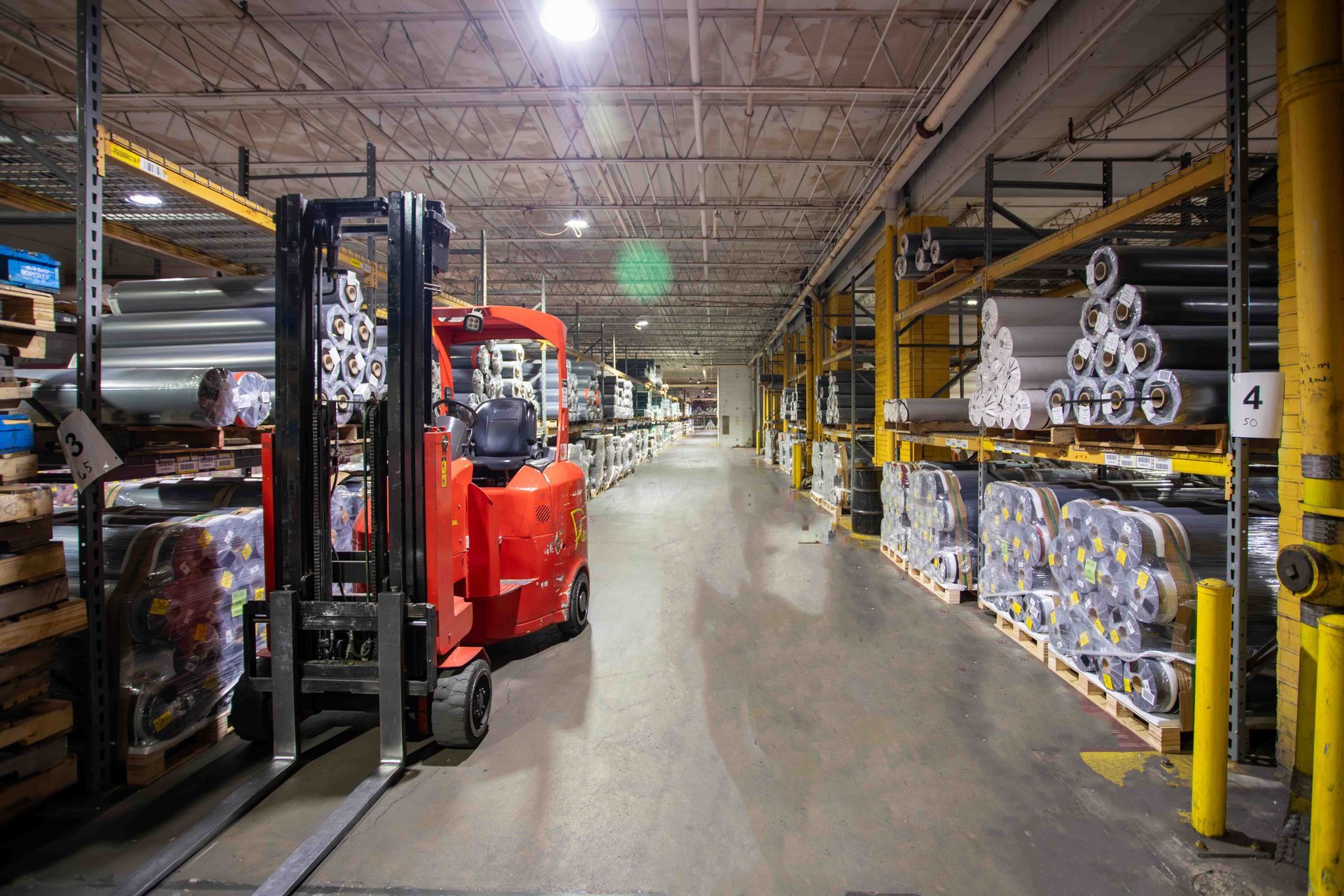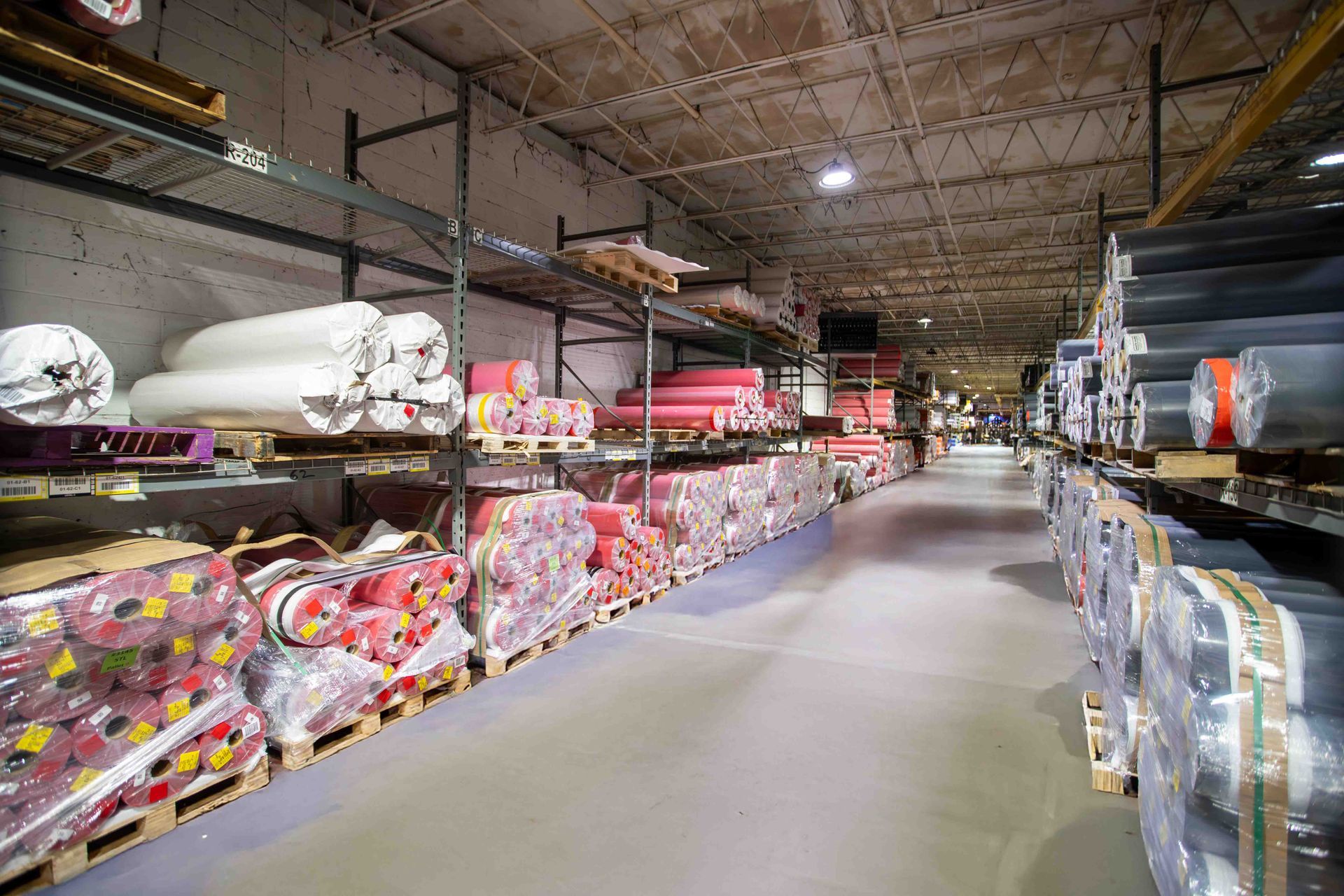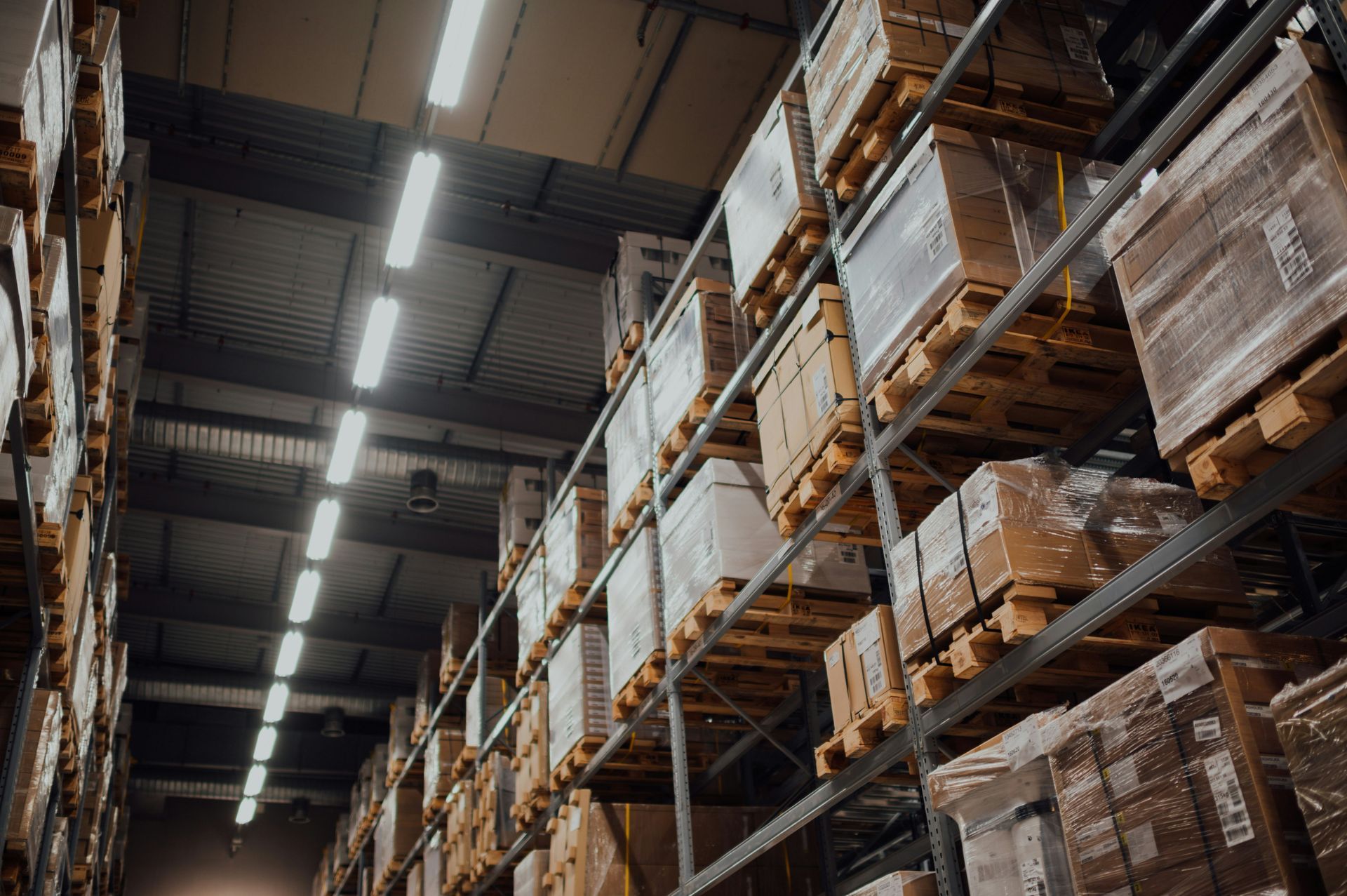Warehouse and Logistics Safety: Essential Tips for Injury Prevention
In warehouse and logistics environments, productivity is everything, but it should never come at the cost of safety.
With heavy machinery, fast-moving inventory, and constant coordination between people and equipment, there's no shortage of hazards. Even a minor lapse in safety can lead to costly downtime, injury claims, and long-term harm to valued employees.
The good news is that most accidents are preventable when
safety is built into the culture.
Here are some essential tips to help warehouse and logistics teams prevent injuries, protect workers, and keep operations running smoothly.
Build a Culture of Safety
Safety starts at the top of the organization chart. Employees are more likely to follow protocols when leaders model safe behavior, communicate openly about hazards, and make safety part of the daily routine, not just a box to check during onboarding.
- Hold regular safety meetings to discuss recent incidents, near-misses, and process improvements.
- Encourage reporting by making it easy and non-punitive for employees to share concerns.
- Celebrate safety milestones (such as days without a lost-time injury) to reinforce positive habits.
Safety becomes second nature when it is part of the job (not just an extra step).
Provide Proper Training for Every Role
In logistics, no two jobs are the same. Forklift operators, shipping clerks, pickers, and packers face unique risks. Each role should have tailored training to ensure workers know how to safely operate equipment, handle loads, and respond to hazards.
- Equipment operation: Forklifts, pallet jacks, conveyor belts, and automated systems require formal training and certification.
- Manual handling: Teach safe lifting techniques and how to avoid pinch points.
- Hazard awareness: Train employees to recognize common dangers such as blocked exits, slippery floors, or unbalanced loads.
Ongoing refresher courses help keep safety knowledge sharp and up to date with changing regulations.

Maintain Equipment and Machinery
Broken or poorly maintained equipment is a recipe for accidents. Implement a regular maintenance schedule for forklifts, conveyor belts, hoists, and other machinery.
- Inspect daily before use to identify frayed cords, leaking fluids, or loose parts.
- Tag and remove unsafe equipment immediately to prevent accidental use.
- Train operators to recognize unusual noises, vibrations, or performance issues and report them promptly.
Well-maintained equipment not only prevents injuries but also reduces costly breakdowns.
Prioritize Ergonomics to Prevent Strain
One of the most common warehouse injuries is musculoskeletal strain. While these injuries often develop over time, they can sideline employees for weeks.
- Safe lifting: Use legs, not the back, to lift, and keep loads close to the body.
- Assistive devices: Encourage use of dollies, carts, pallet jacks, and hoists whenever possible.
- Job rotation: Rotate tasks to avoid repetitive stress and overuse injuries.
Ergonomics should be part of your training program, not an afterthought. Luckily, OSHA offers helpful resources to help keep your workers' health intact.
Keep the Warehouse Organized & Clutter-Free
A clean, organized warehouse is a safe warehouse. Clutter in aisles or blocked emergency exits can turn a routine task into a dangerous situation.
- Clear walkways: Mark pedestrian-only lanes and keep them free of debris.
- Secure storage: Follow stacking limits and use safety straps or netting to prevent falling materials.
- Designated zones: Separate staging, receiving, and shipping areas to avoid congestion.
Good housekeeping reduces trip hazards and keeps products flowing efficiently.
Implement Clear Traffic Management
In busy warehouses, forklifts and pedestrians often share the same space, which can be dangerous without strict traffic rules.
- Separate paths: Create distinct lanes for equipment and foot traffic.
- Install mirrors and signage at blind corners and intersections.
- Enforce speed limits for powered industrial trucks.
Think of your warehouse like a busy city street: rules and visual cues keep everyone moving safely.

Focus on PPE (Personal Protective Equipment)
Personal protective equipment is a worker's last line of defense against injury. Ensure every employee has and uses the right gear for their tasks.
- Footwear: Steel-toe or composite-toe boots to prevent crush injuries.
- High-visibility clothing: Vests or jackets to increase visibility around moving vehicles.
- Gloves and eye protection: Handling sharp, hot, or hazardous materials.
Inspect PPE regularly and replace damaged or worn-out gear immediately.
Prepare for Emergencies
No matter how careful your team is, emergencies can happen. Being prepared can prevent injuries and save lives.
- Evacuation plans: Post and review fire escape routes and conduct regular drills.
- First aid access: Stocked first aid kits and AEDs in accessible areas.
- Hazard response: Train employees in spill containment, hazardous material handling, and lockout/tagout procedures.
Preparedness builds confidence and ensures a quick, coordinated response during a crisis.
Work With Gustine Logistics
Safety in warehouse and logistics environments isn't just about compliance; it's about protecting people, maintaining productivity, and preserving your company's reputation.
Making safety an everyday habit, providing proper training, maintaining equipment, and preparing for the unexpected can create a workplace where employees feel secure and operations run smoothly.
In logistics, time may be money, but safety is priceless.
Midwest logistics companies can position themselves for long-term success by focusing on innovation, sustainability, and strategic planning.
At Gustine Logistics, we simplify logistics by seamlessly managing inventory and ensuring safety at every step. Whether you need warehouse space, office space, or outsourced labor, we can help.
Ready to elevate your logistics efforts?
Contact our team to learn how we can help optimize your operations for the road ahead.


